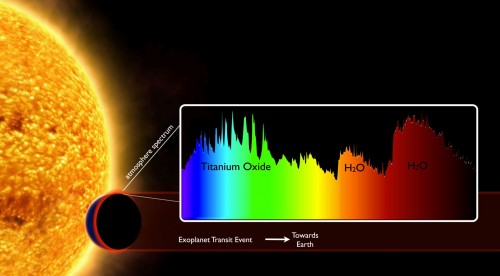- Date: 21 Oct 2016
- Comments: (0)
- Categories: For Astronomers
Celebrate the Large and Long Program!
Celebrate the Large and Long Program! is a series of blog posts which showcase the high-impact science under the Large and Long Program of Gemini Observatory.
What is the Large and Long Program?
The Large and Long Program (LLP) is one of five observing modes Gemini offers to users of our telescopes. These five modes categorize projects based on length and weather conditions required for the observations. Classically, Gemini accepts proposals on a six month basis and awarded recipients complete their observations within that given semester. Large and Long Programs, on the other hand, provide more flexibility for long term research and last anywhere from one to three years. This extended time frame promotes collaboration across communities and produces significant and high-impact science. Here, we ask current Large and Long Programs to share a little about their research and experience with Gemini Observatory.
Detecting and Characterizing Clouds in Exoplanet Atmospheres at Gemini North

Schematic showing how a transmission spectrum is observed when a planet passes between its host star and the observer. Credit: ESA / David Sing.
1. Principal Investigator: Name and Affiliation?
Catherine Huitson, University of Colorado Boulder
2. How would you describe your Large and Long Program?
Our long program is designed to study the composition of planetary atmospheres outside of the Solar system. We do this by observing with Gemini during ‘transits’, when a planet orbiting its star passes in between the star and the observer. At the time of transit, the planetary atmosphere acts like a filter for the starlight and the light that reaches us from the system contains an imprint of the planet’s atmosphere (its ‘transmission spectrum’). We can then compare the observed transmission spectrum with models and determine which atomic and molecular species are present in the atmosphere. Our program focuses specifically on searching for atmospheric species responsible for cloud formation.
3. Why is Gemini best suited for this research?
Gemini is particularly well-suited to our program because the transit events occur once every couple of weeks and we need to be able to point the telescope at the system during the transit. Most large telescopes require you to travel to the telescope to observe, which would be impractical for us. Gemini has the advantage of having a ‘queue’ mode, in which we can submit a list of dates and times, and which stars to look at, and the operators at Gemini will observe for us.
4. What has been the best part of your experience with the Large and Long Program?
These observations are very difficult because the signal from the planet is very small and can often be drowned out by other sources of noise, such as the Earth’s atmosphere, which can leave its own imprint on top of the signal that we are looking at. The majority of studies such as ours have therefore been conducted with space-based telescopes, and best part of our experience has been discovering that these observations are possible from the ground. It means that many more telescopes can now be used for such studies, increasing the number of planets observed.
Take a closer look at the work of Catherine Huitson and her group here, and visit us next month to Celebrate the Gemini Large and Long Program!





